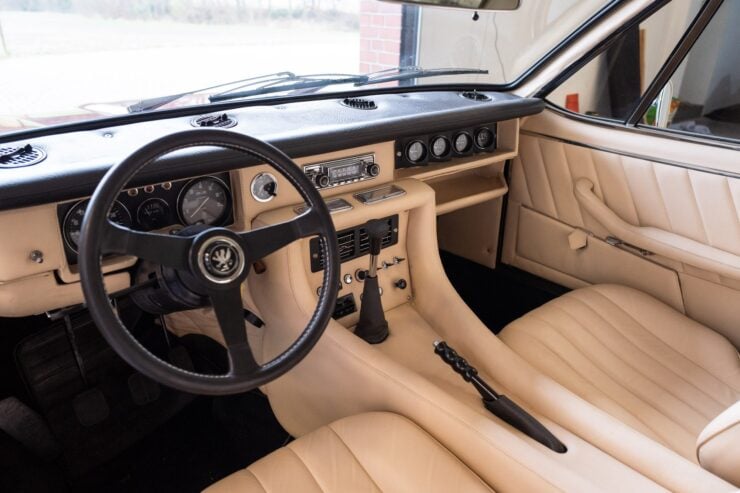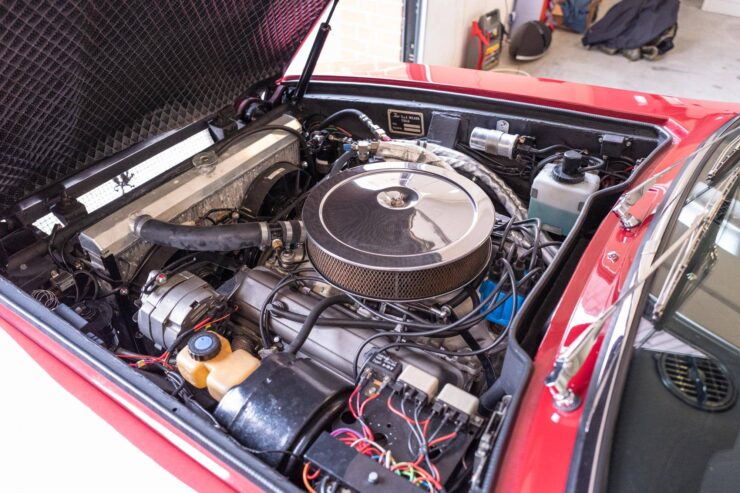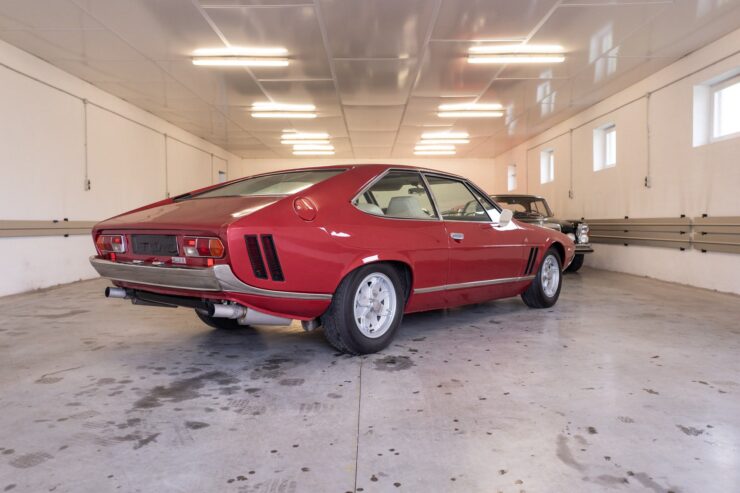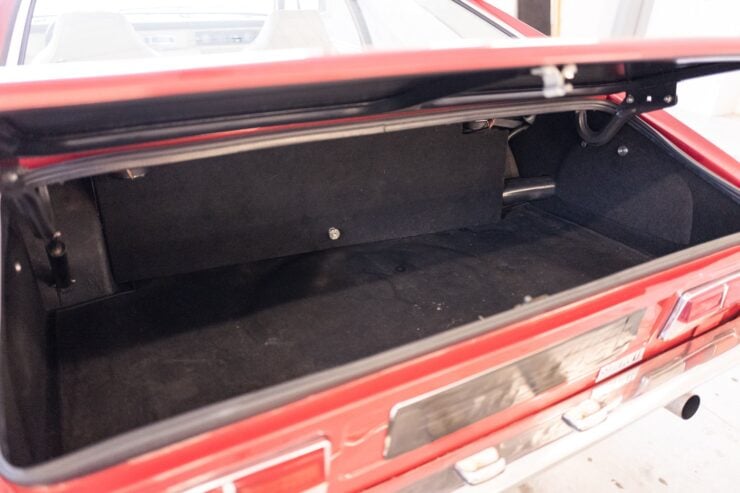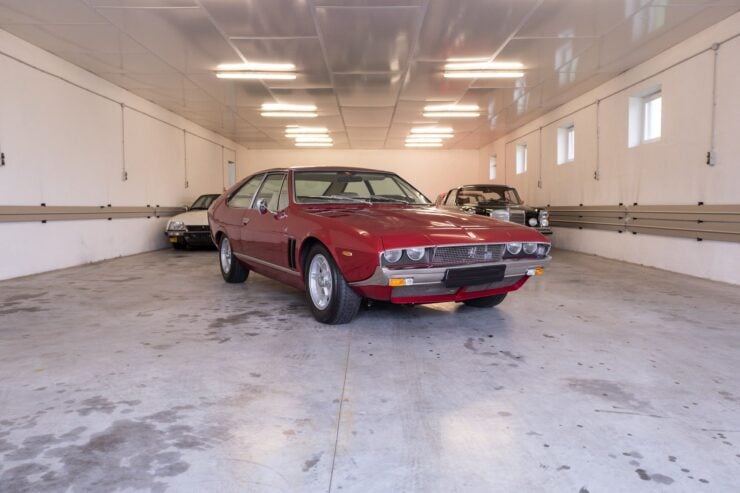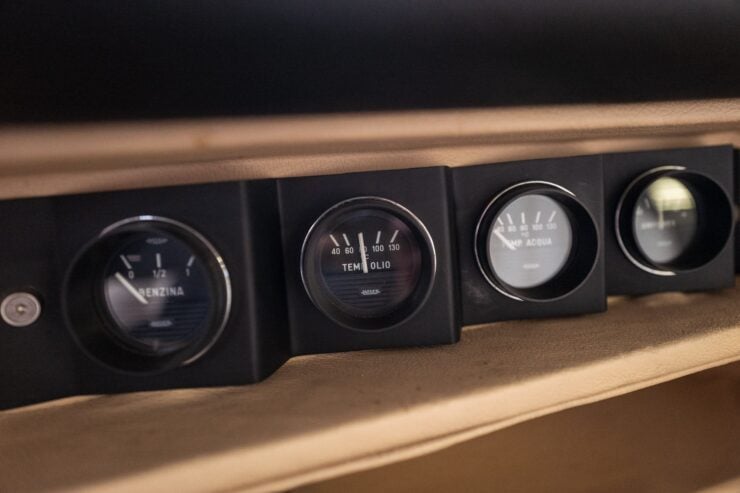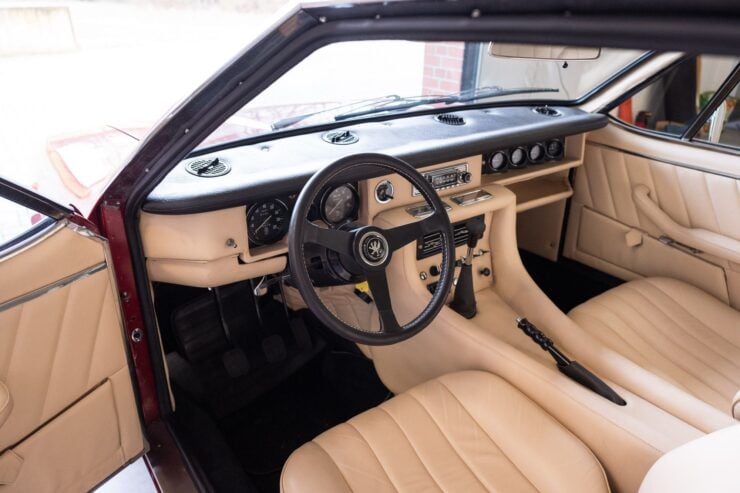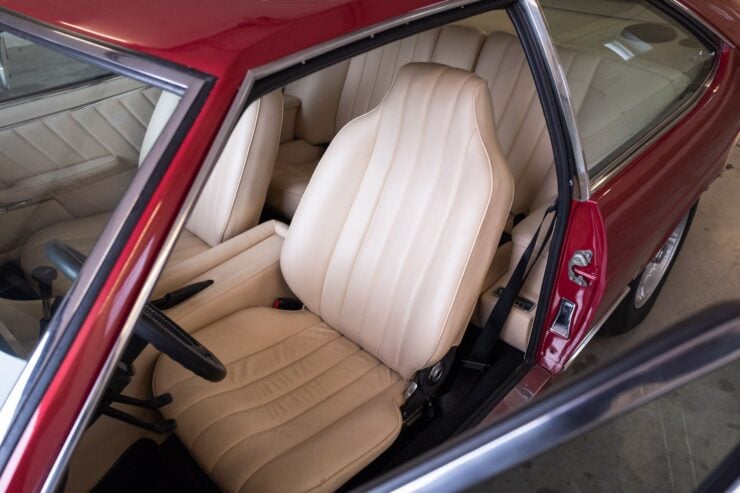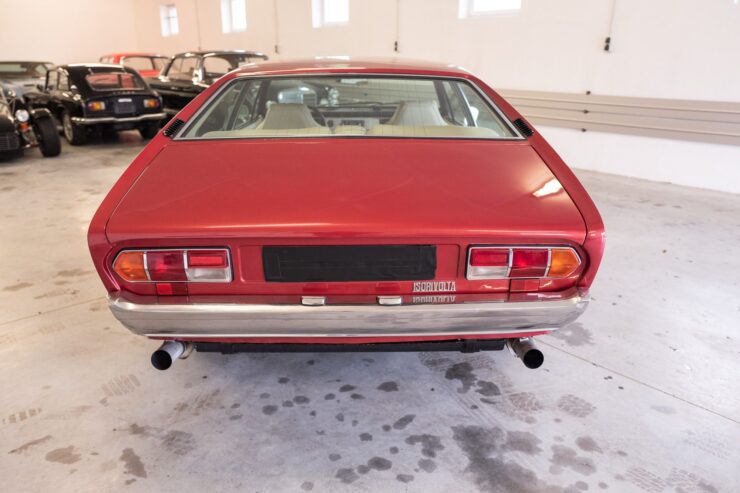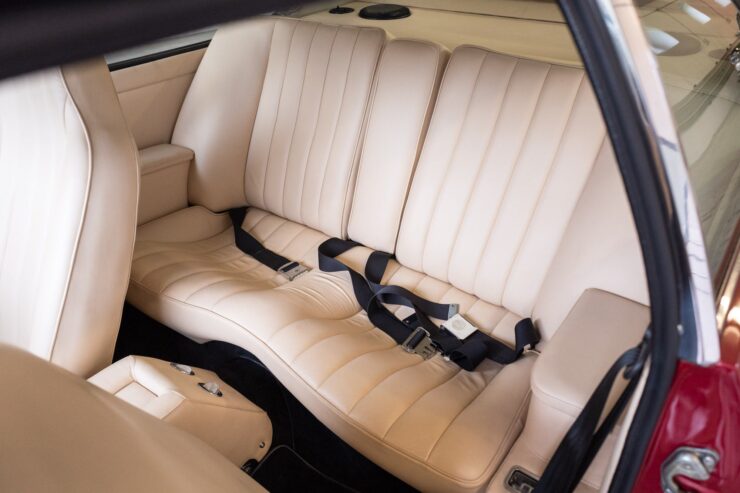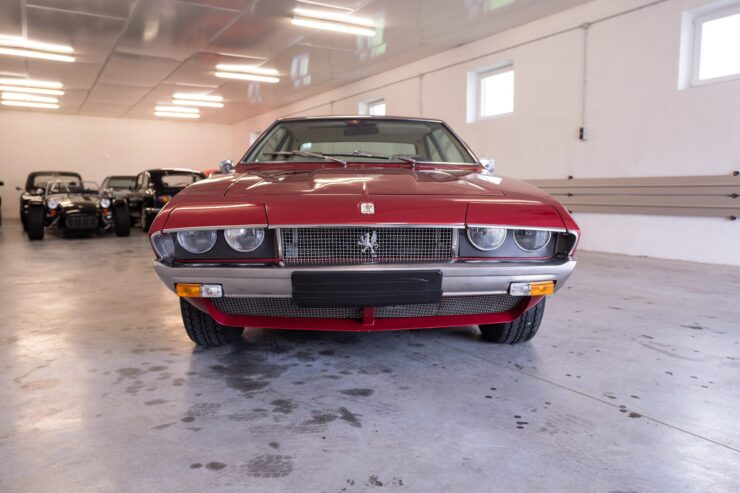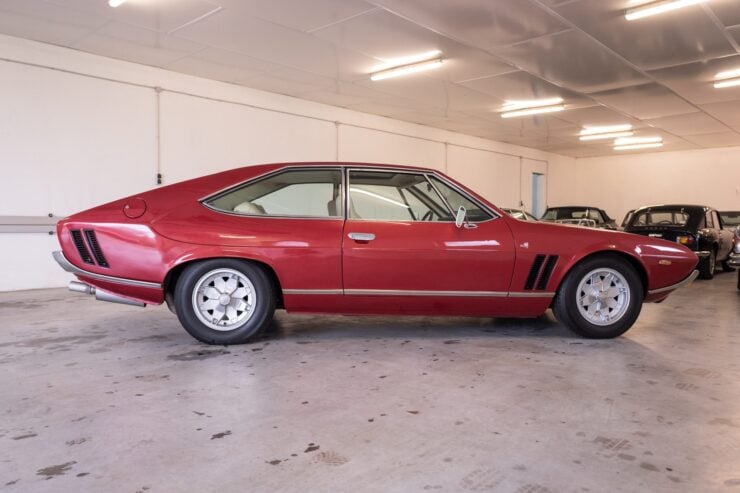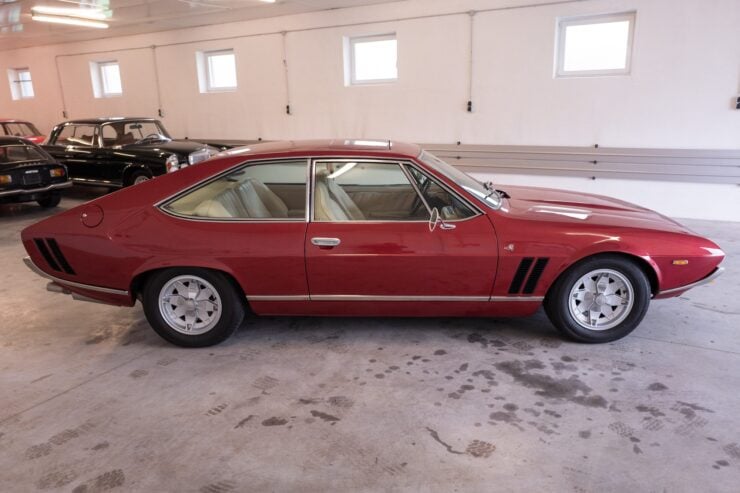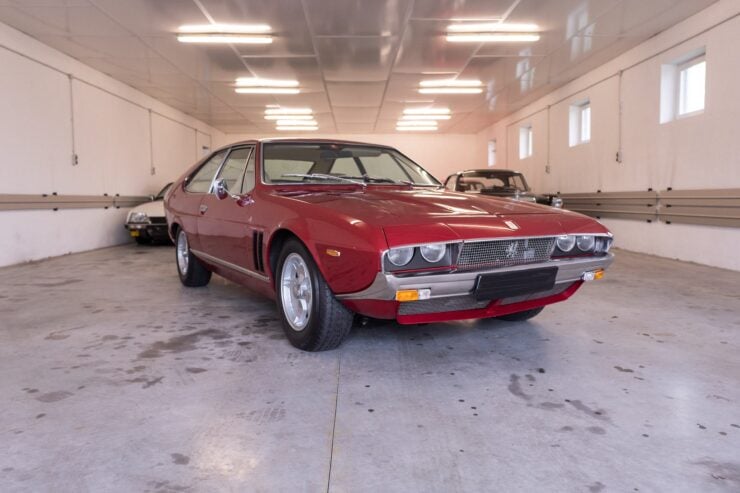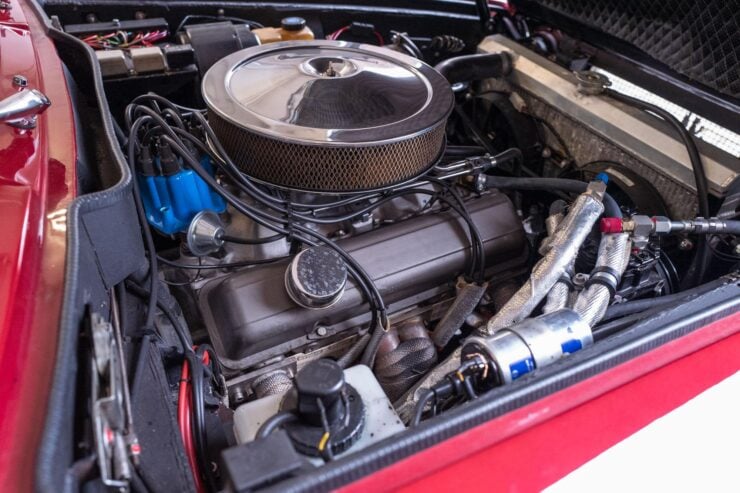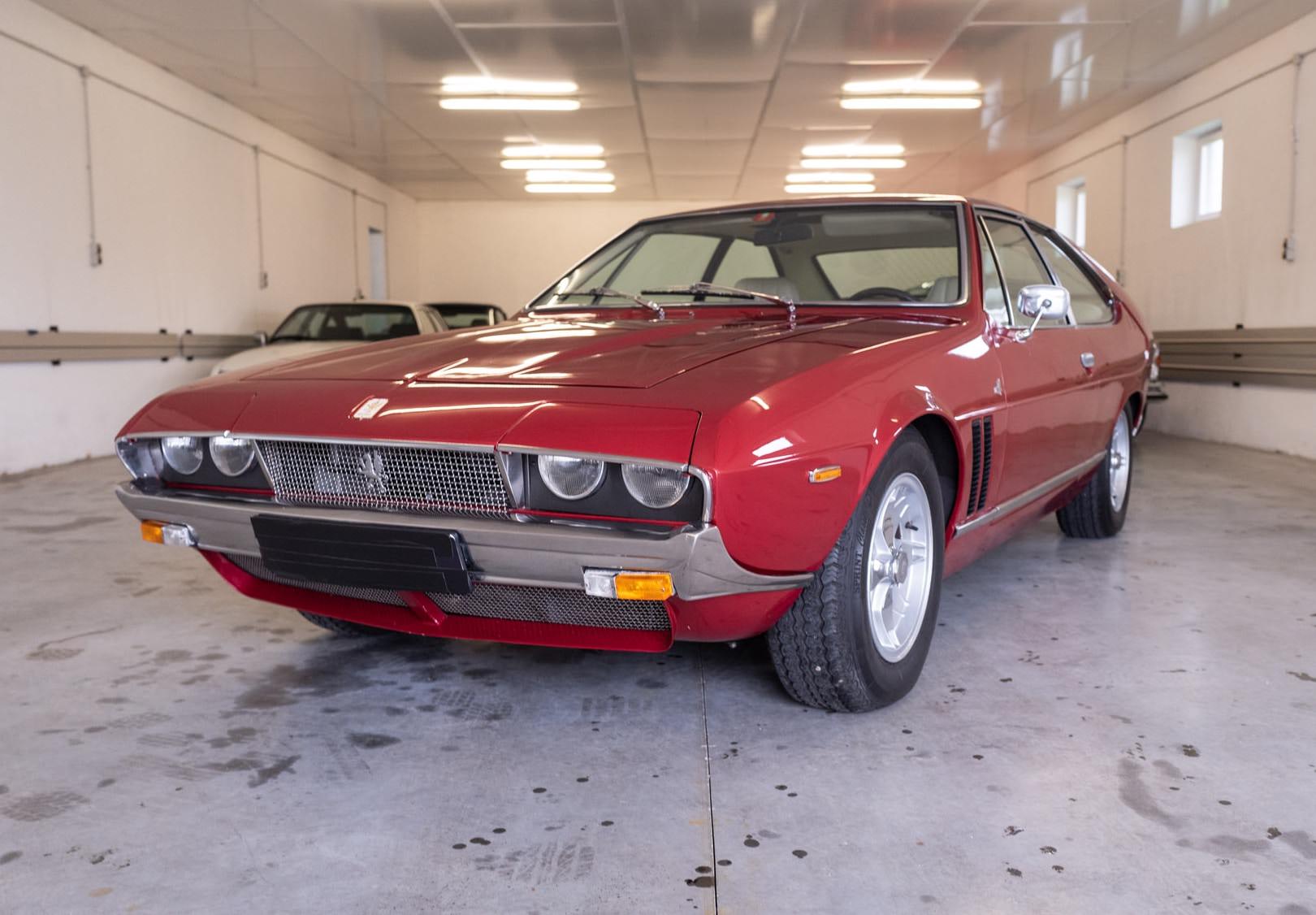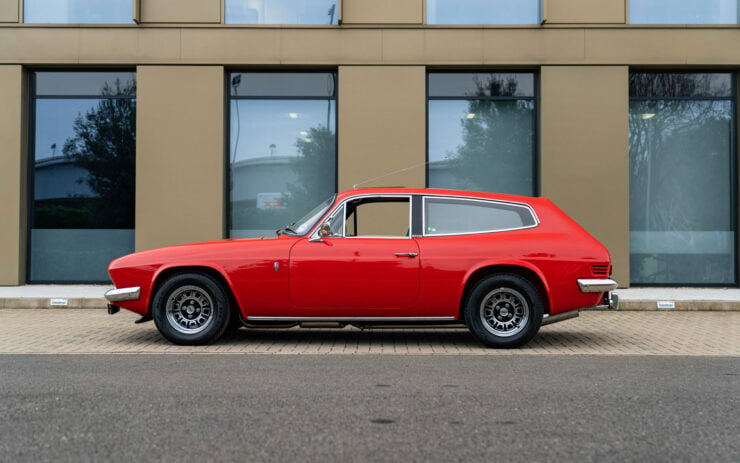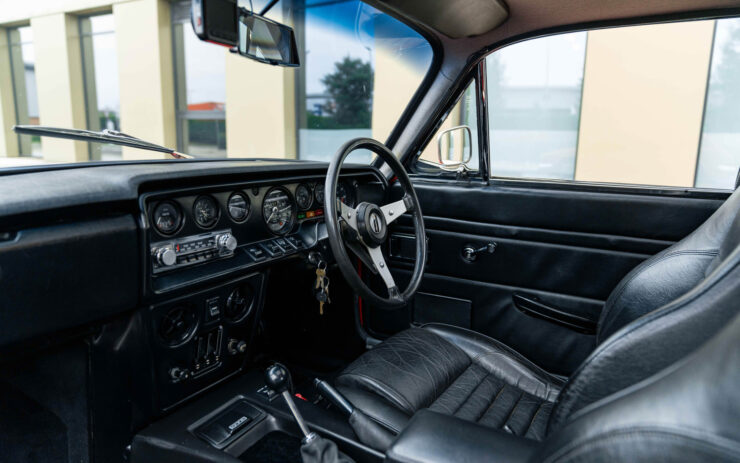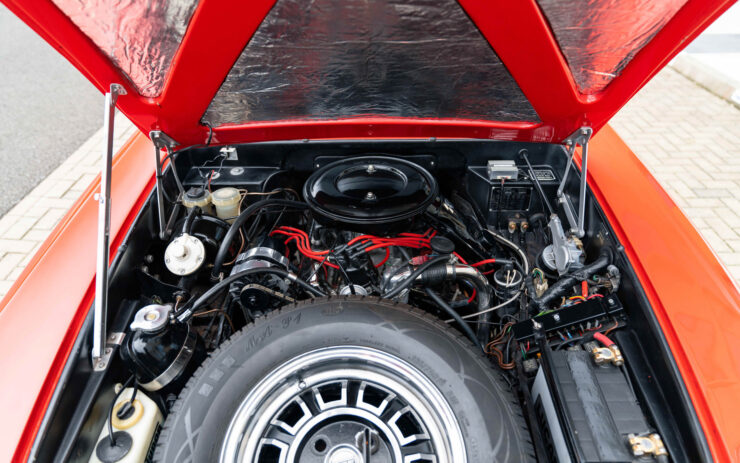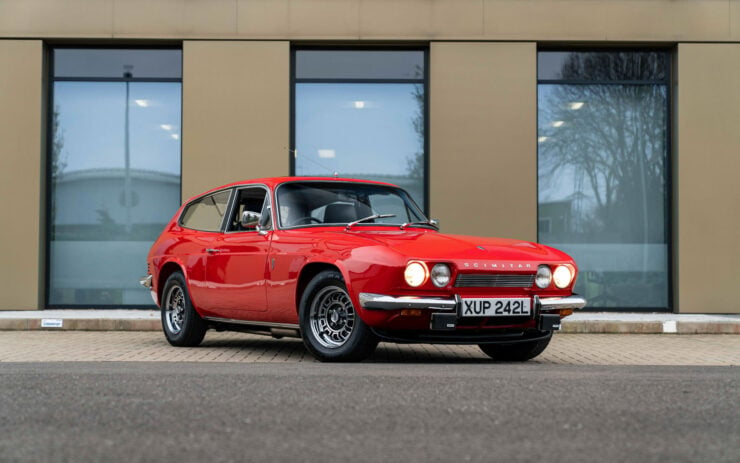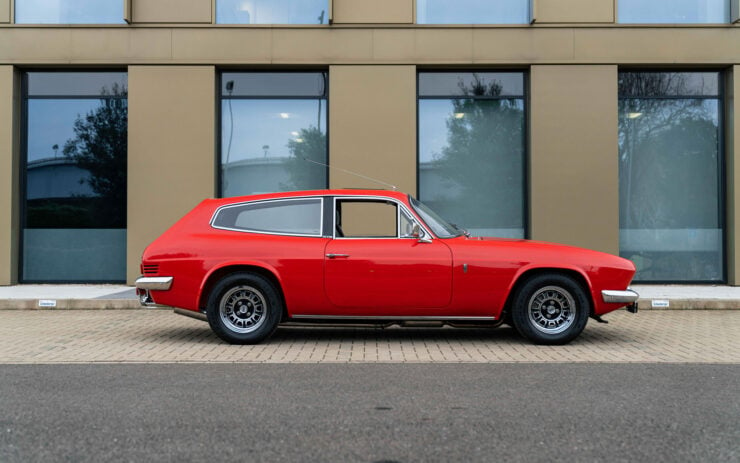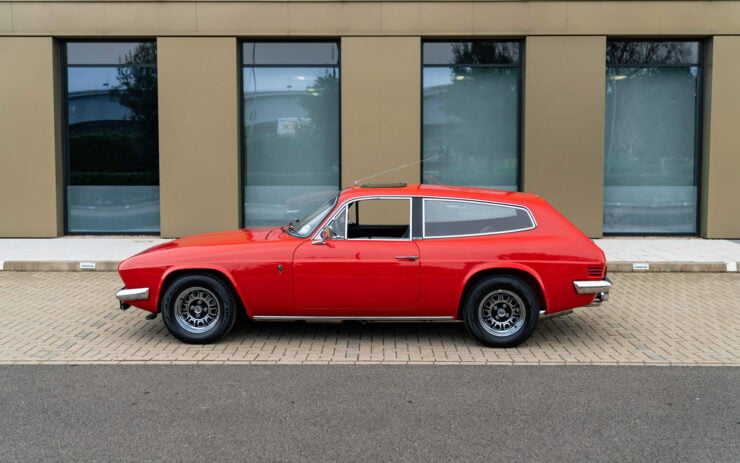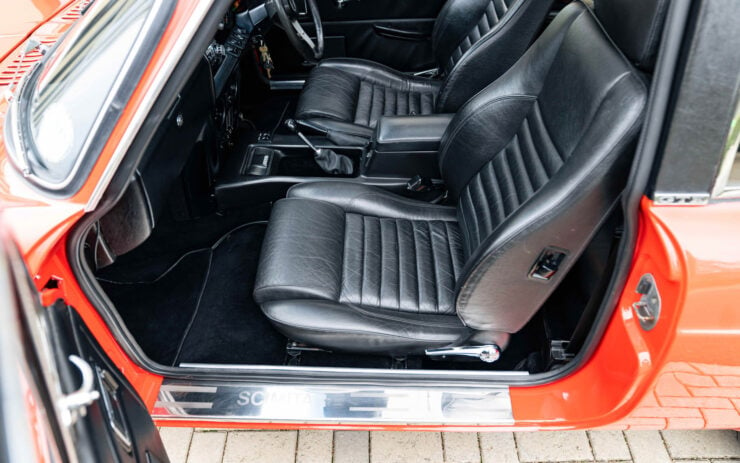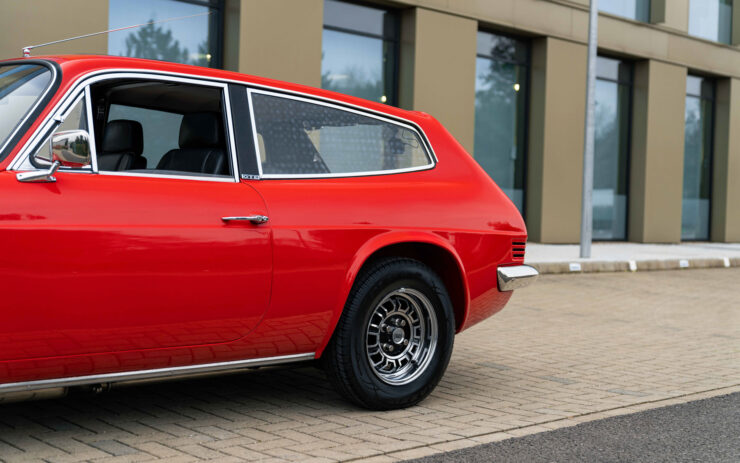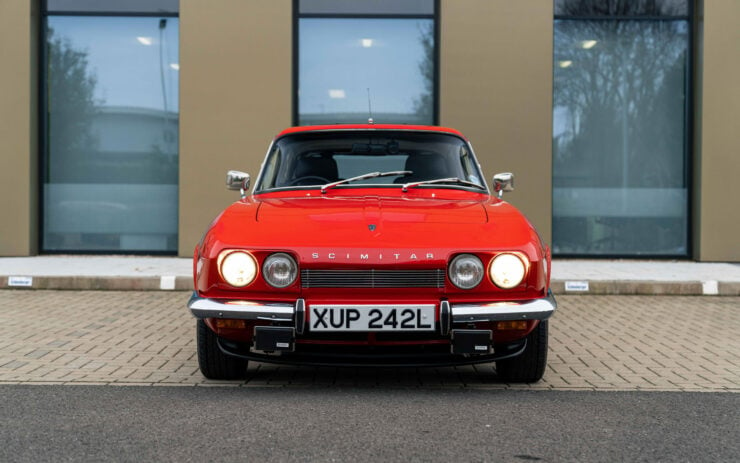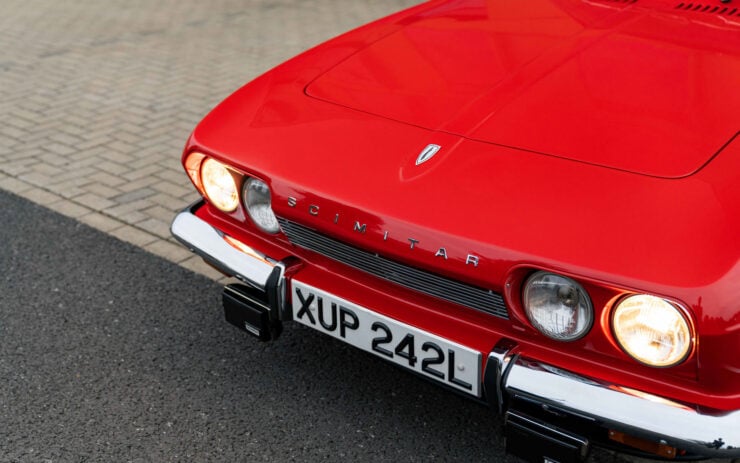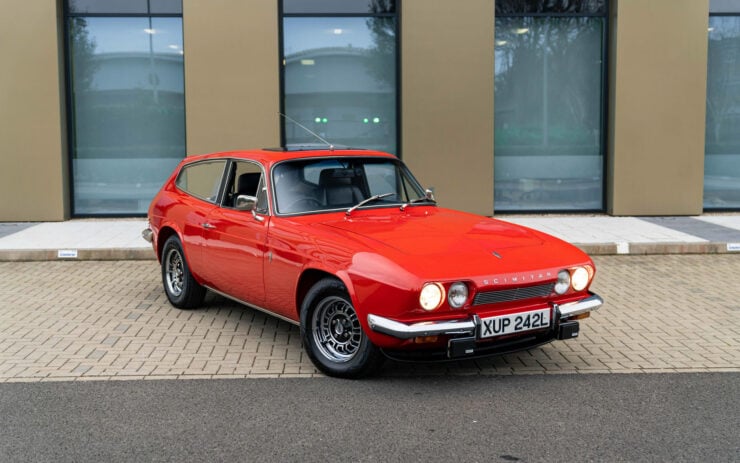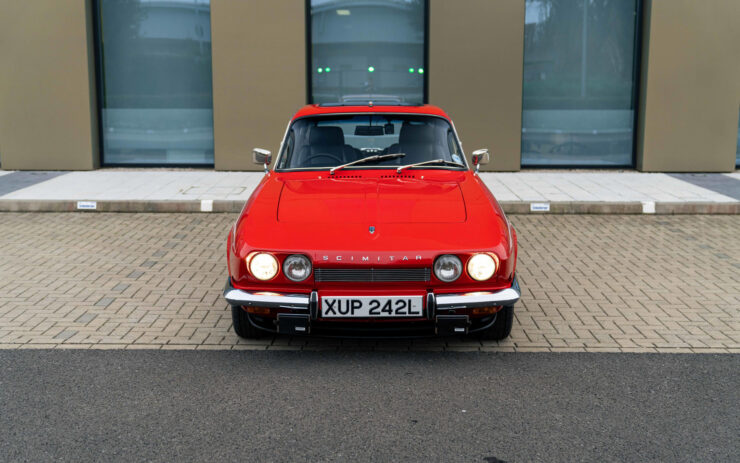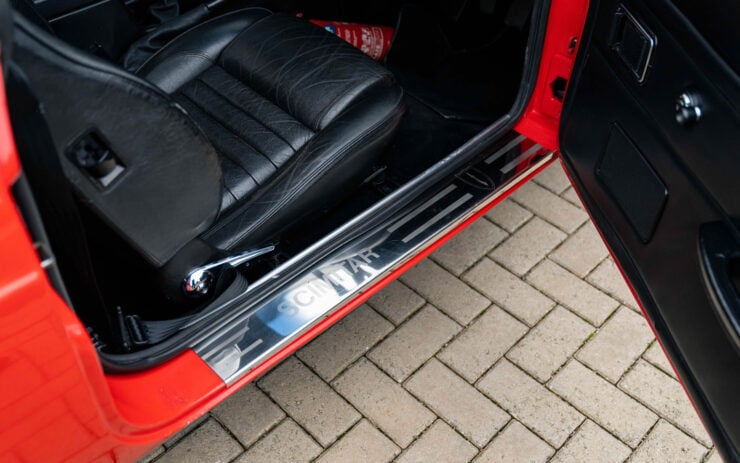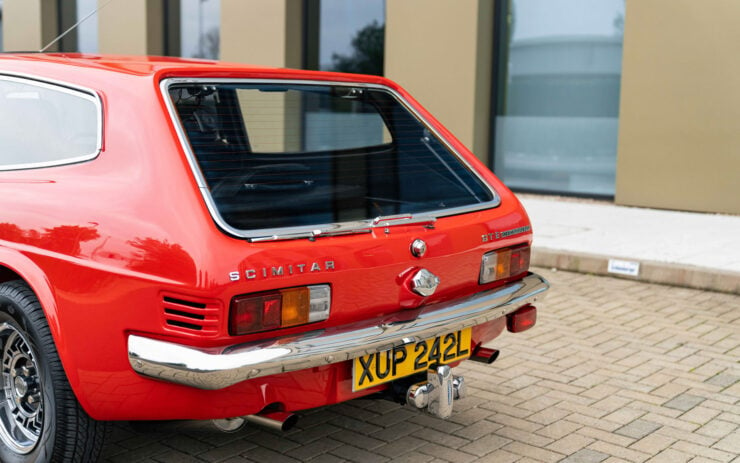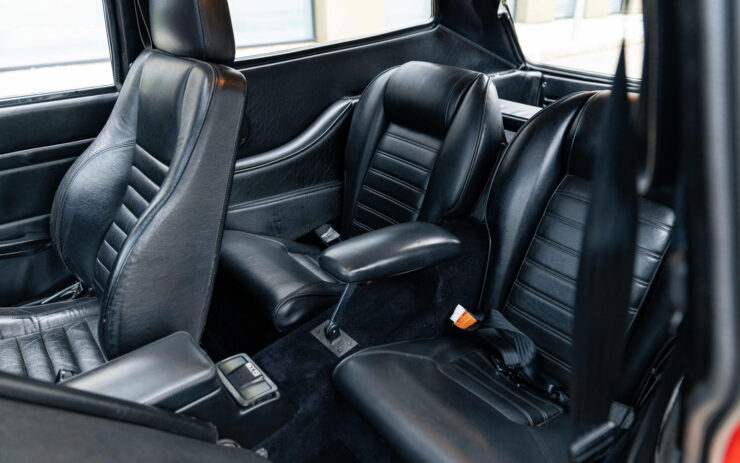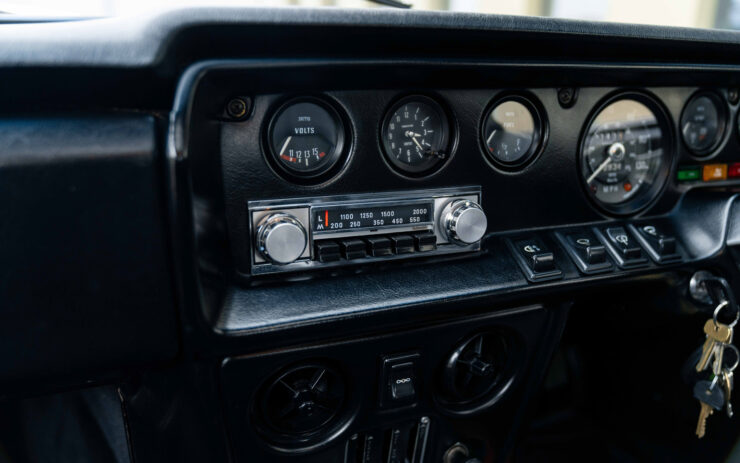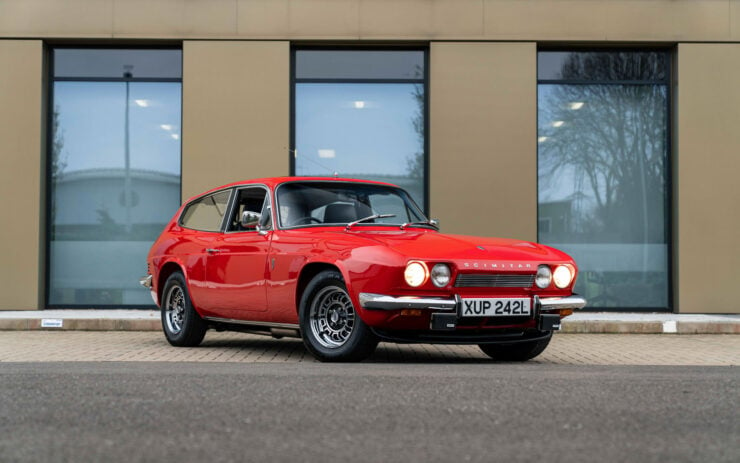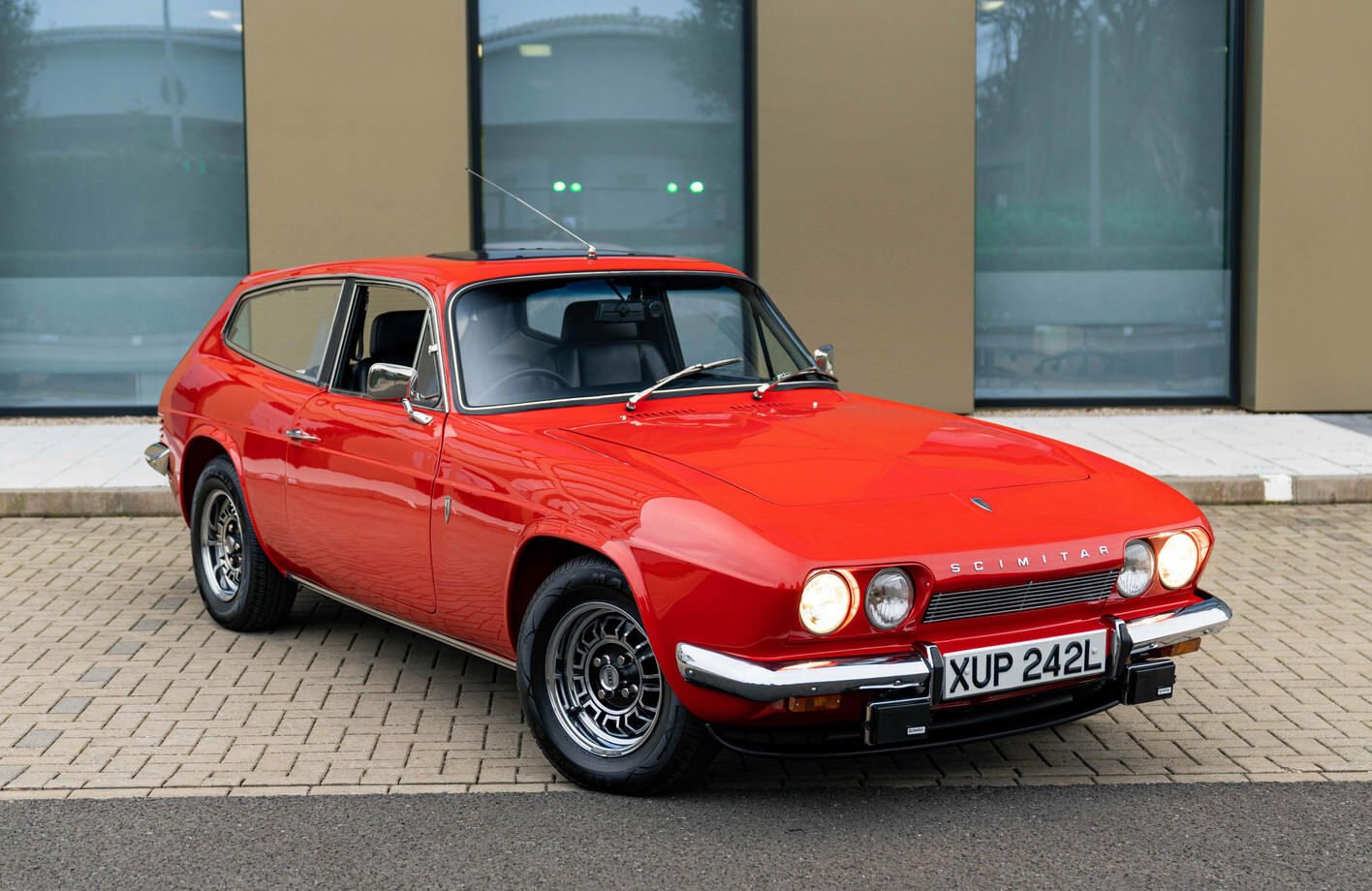Despite the ongoing effect that Covid is having on the world, the year 2021 turned out to be a fascinating one in the world of vintage, custom, and unconventional motorcycles.
These 21 motorcycles were all chosen for the list based on their web traffic popularity, #1 is the most popular of course, and we show the top 21 in reverse order starting with #21.
It’s difficult to pick highlights from this list, minibikes like the Honda Z50J Monkey Baja Africa are always a favorite and bikes like the Norton Cosworth Experimental Prototype are fascinating to look at.
The overall number one bike this year was a bit of a surprise as it was featured in the second week of November, meaning it had far less time than most to accumulate hits than most of the other bikes that made the list.
If you’d like to take a look at the Silodrome’s Top 21 Cars Of 2021 you can click here.
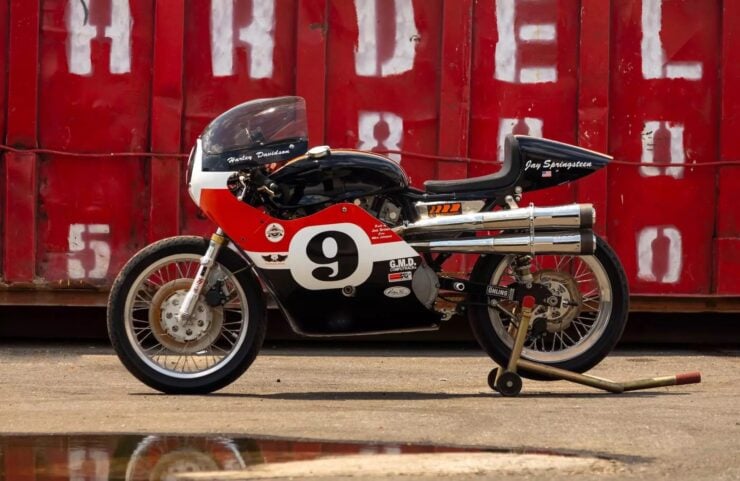
⇞ #21 – A Custom-Built Harley-Davidson XRTT 750 Road Racer
The Harley-Davidson XRTT is remembered today as one of the most beautiful machines ever conceived by the Milwaukee-based motorcycle manufacturer. Underneath that handsome fairing lies the same engine and many of the same parts used on the wildly successful XR750 flat track racer.
The early days of the XRTT program were beset with difficulty, Harley-Davidson was in deep financial distress and there was very little money available for the development of new models.
Visit The Story
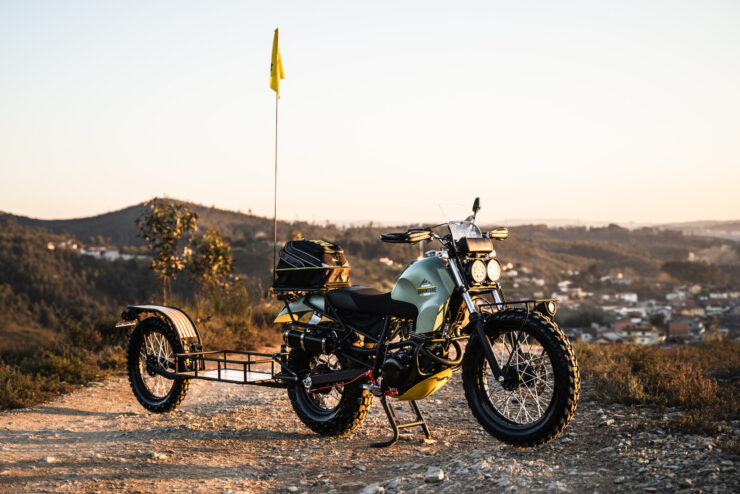
⇞ #20 – A Custom Yamaha TW125 From Portugal
This Yamaha TW125 was completely rebuilt by classic car restorer Manuel Vieira, his goal was to build the perfect long-range off-roader with a fuel efficient 125cc engine, a large capacity fuel tank, and ample space for carrying supplies.
Vieira is based in Vila Nova de Gaia, about 10 kms from Oporto in Portugal. He has been a production manager in the textile industry until the industry collapsed during the Great Recession, after leaving the textile world he turned to his true passion – restoring classic cars.
Visit The Story
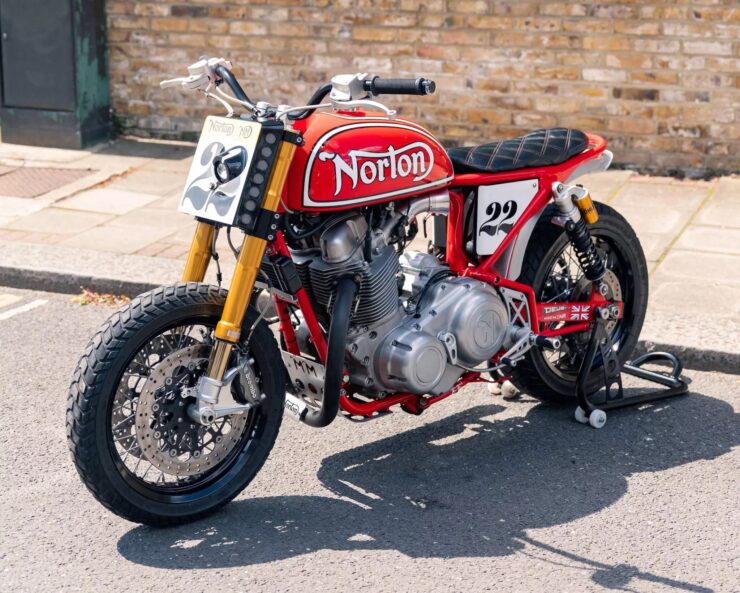
⇞ #19 – The Rare Norton MM 961 Flat Tracker
Just five examples of the Norton 961 MM Flat Track were built starting in 2017 by 72 Motorcycles in England. If the styling looks somewhat familiar it may be because a hearty dose of design inspiration was taken from the legendary Ron Wood “Big Tube” Norton flat trackers, a custom racer that won the AMA Ascot Park Half-Mile National event three years in a row in the early 1970s.
The Norton Commando 961 is a far more recent creation, it was developed when the company was in the hands of American ownership under Kenny Dreeer, with strong design links to the original Norton Commando of the ’60s and ’70s.
Visit The Story
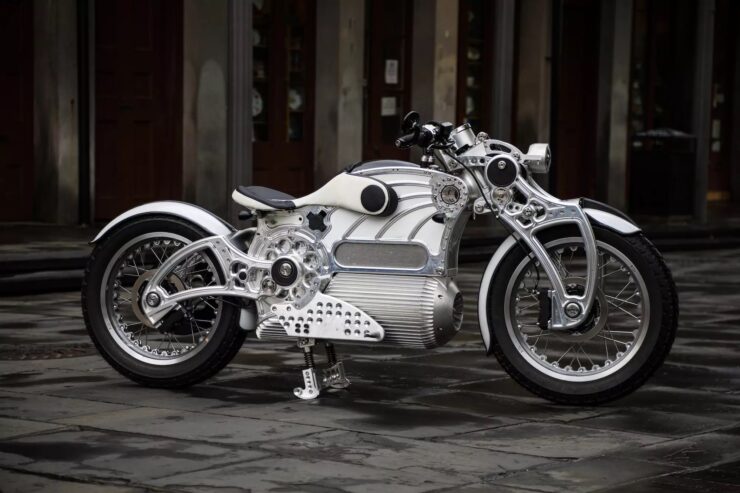
⇞ #18 – The One – A New Electric Motorcycle By Curtiss Motorcycles
Curtiss One – The Design Brief
At the beginning, when the future was all that mattered, and technological progress was measured in months, not years, we find our inspiration. In 1902, Glenn Curtiss built his first production motorcycle. Within five years he had achieved a world speed record of 136 miles per hour.
As we enter fully into the 21st century, we encounter a similar nexus, a second Industrial Cambrian Explosion. For our own journey, 118 years later, it’s his passion that still has value and informs our process.
Visit The Story
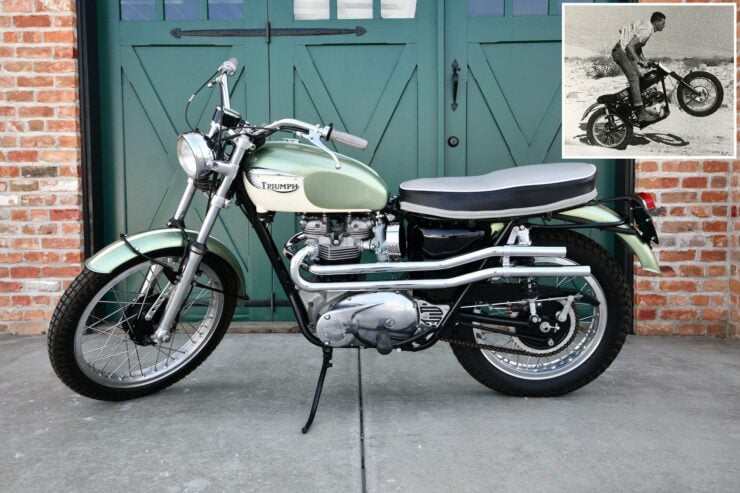
⇞ #17 – A Triumph Bonneville TR120 Owned By Bud Ekins (And Steve McQueen)
This 1970 Triumph Bonneville TR120 has a considerably more interesting history than most, it was first owned by legendary stuntman and off-road racer Bud Ekins before being bought by Steve McQueen through his company Solar Productions.
Bud Ekins is a name you may already be familiar with, he’s the stuntman who did the motorcycle jump in The Great Escape (on a Triumph), he also drove the Mustang in the chase scene in Bullitt, and he later coordinated the motorcycle stunts for the TV show CHiPs.
Visit The Story
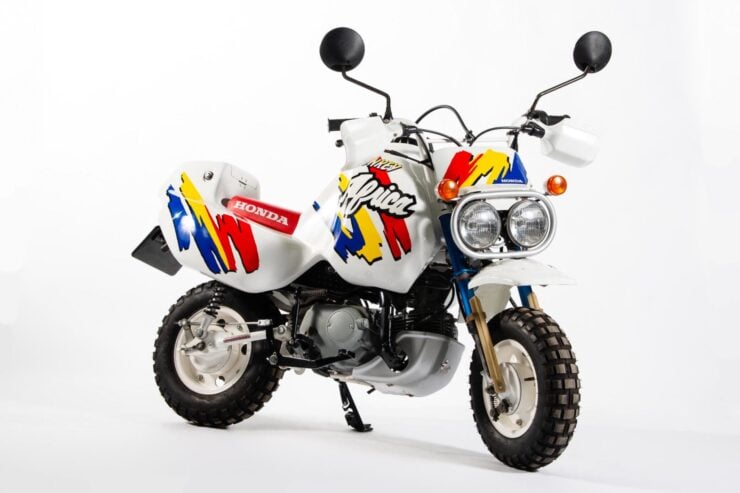
⇞ #16 – A Mini Adventure Bike: The Honda Z50J Monkey Baja Africa
The Honda Z50J Monkey Baja Africa is an exceedingly rare motorcycle, in fact none of them were ever built by the Honda factory. Instead the bike was built by Honda Monkey owners using an official kit that could be bought from Honda.
The kit itself was relatively simple (see the image below), however it transformed the Honda Monkey into a miniature version of the much-loved Honda Africa Twin – an adventure bike that won the Paris-Dakar Rally four times in succession from 1986 to 1989.
Visit The Story
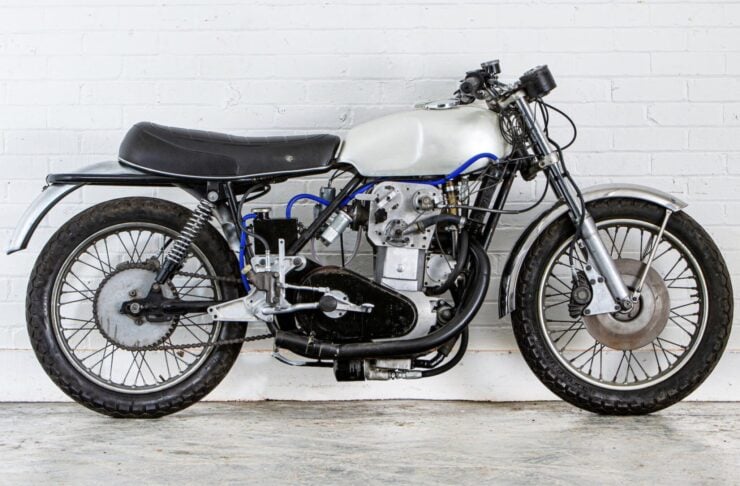
⇞ #15 – “P89” – The Mysterious Norton Cosworth Experimental Prototype
The motorcycle you see here is a prototype that was never meant to be seen outside the Norton Villiers Triumph engineering department, however unlike many prototypes that end up being scrapped, this one somehow ended up in private hands.
No one is certain what the backstory of this bike is, it’s clear that it’s using a 1970s-era Norton Commando as its test bed – the frame, suspension, fuel tank, and seat are all Commando units. What’s not clear is exactly what that engine is, or what its intended purpose was.
Visit The Story
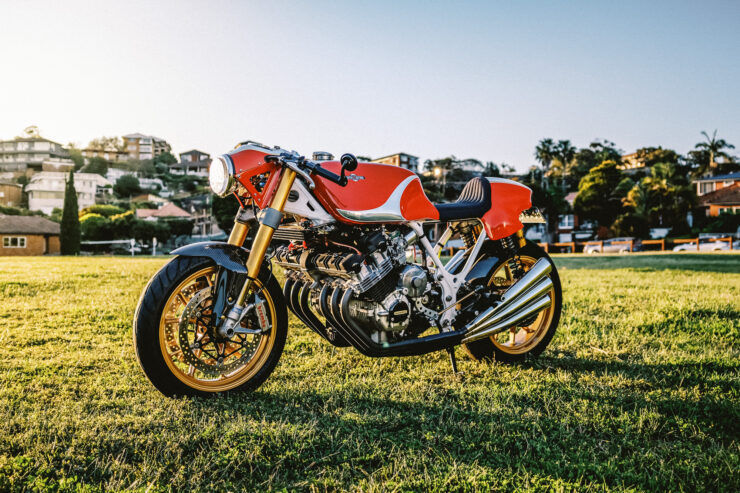
⇞ #14 – The Honda CBX Cafe Racer By Motorretro
There can be little doubt that this is Australia’s most famous Honda CBX, it was built by Vaughan Ryan of Motorretro in Sydney and it’s been widely published in print, online, in film, and seen at shows over the past 7+ years.
With its hefty inline-six cylinder engine installed transversely across the bike the Honda CBX is one of the most memorable motorcycles of the 1970s.
Visit The Story
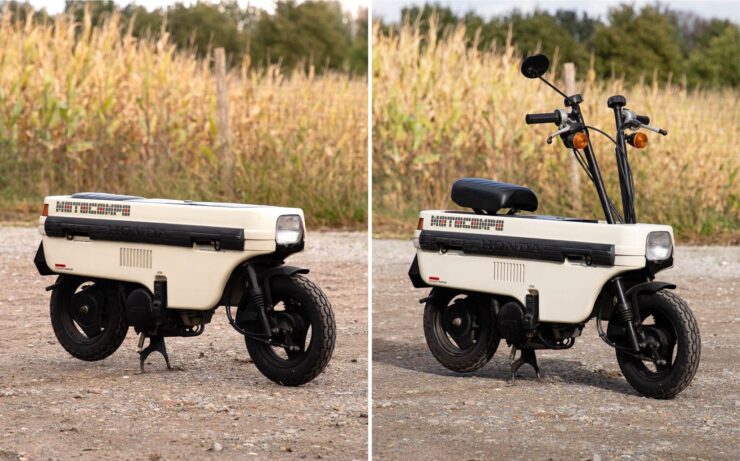
⇞ #13 – The Weird And Wonderful Honda Motocompo
The Honda Motocompo was unveiled in 1981 as a mini folding scooter that was designed to fit neatly into the trunk of your car. In fact the trunk of the Honda City compact car was specifically designed to accommodate the Motocompo in its folded down configuration.
Although there were many folding scooter designs that came before the Honda Motocompo, the Motocompo was the first to have been invented to accompany a specific car. The premise being that you could drive your car to the outskirts of a city, park it, climb into your scooter and use that for navigating in town.
Visit The Story
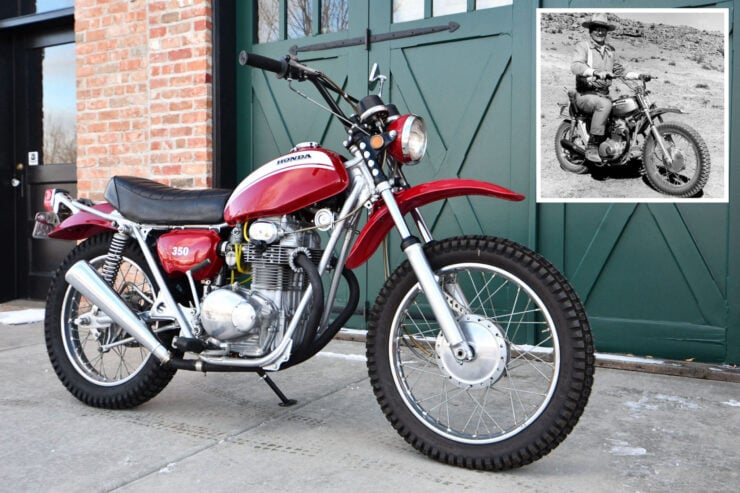
⇞ #12 – John Wayne’s Honda SL350 Is For Sale
This is the Honda SL350 that John Wayne bought brand new from the American Honda Motor Co. on the 21st of December 1971. It’s believed that he came into contact with the SL350 for the first time while filming the movie Big Jake in the deserts of Mexico.
There’s a famous image of him astride the Honda (image inset above), wearing full cowboy regalia naturally, and it seems that he enjoyed riding it so much he went and bought his own after filming wrapped.
Visit The Story
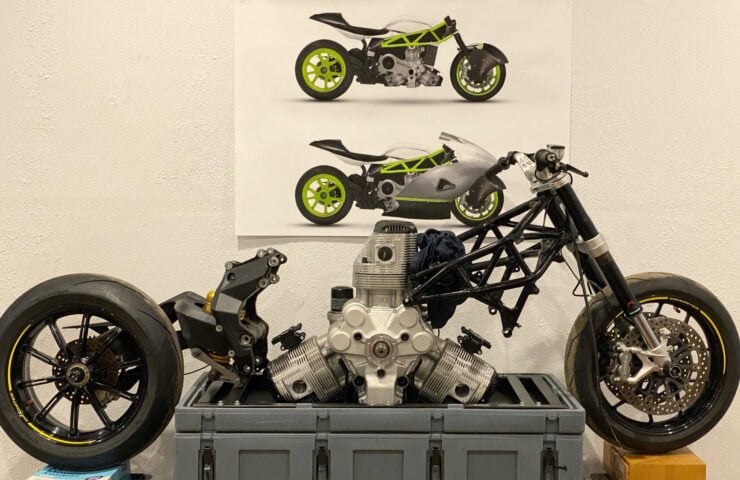
⇞ #11 – This Might Be The Fastest Radial-Engined Motorcycle In The World
In March 2022, a small group of enthusiasts from Adelaide, Australia, will attempt to set a new land speed record on Lake Gairdner in South Australia, becoming the world’s fastest radial-engined motorcycle.
A collaboration between Sheppard Motorcycles, Kennedy Motorcycles, and Radial Motion, the project, codenamed LFO (Low Flying Object) utilizes the innovative compact radial engine from Radial Motion in a purpose-built motorcycle designed to exceed 200 mph (320 km/h) on the dry lake bed.
Visit The Story
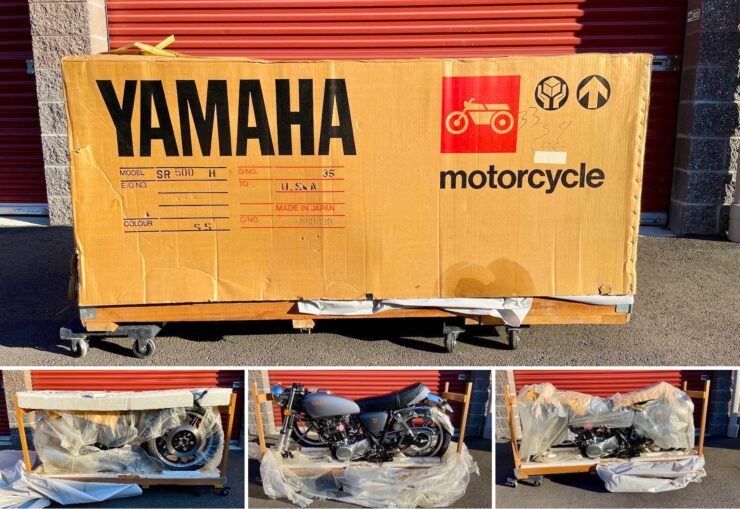
⇞ #10 – A Brand New 1981 Yamaha SR500 Is For Sale
This Yamaha SR500 is possibly the only one left in the world still in its original factory crate, having never been unpackaged, assembled, or ridden.
The SR500 was the road-going version of the Yamaha XT500, an indestructible off-road motorcycle that is best remembered today for its dominance in the early days of the grueling Paris-Dakar Rally – winning the first and second editions of the event in 1979 and 1980.
Visit The Store

⇞ #9 – MoonBikes: The World’s First Electric Snow Bikes
MoonBikes were invented by Nicolas Muron, a former aeronautical engineer at Dassault Aviation, who was struck one winter by the fact that human mobility was still severely impacted by heavy snowfalls.
Snow mobiles and other specialist vehicles could still be used of course, but most people don’t own them and end up either staying in or resorting to snowshoes or skis.
Visit The Story
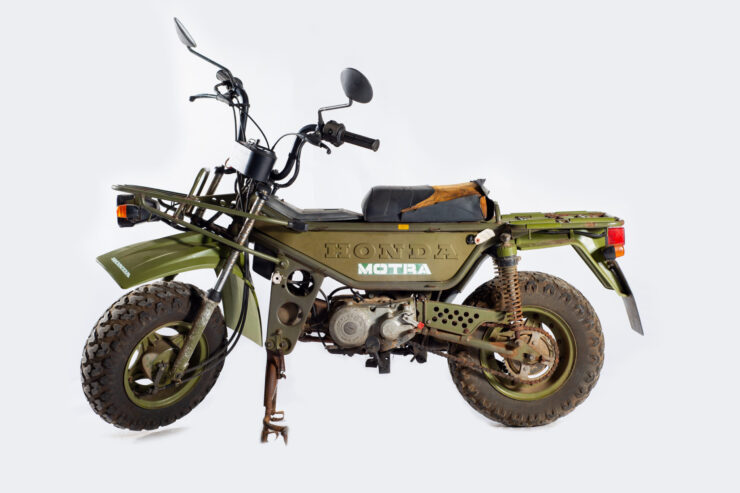
⇞ #8 – The Honda CT50 Motra
The Honda CT50 Motra is one of the more unusual two-wheeled creations from Honda, it’s an off-road scooter that was designed to be genuinely capable both off the asphalt and on it.
Now of course when anyone uses the words “off-road” and “scooter” in the same sentence it’ll cause eyes to roll, but Honda made a solid effort with the Motra – even going so far as to give it the motorcycle equivalent of a low-range gearbox.
Visit The Story
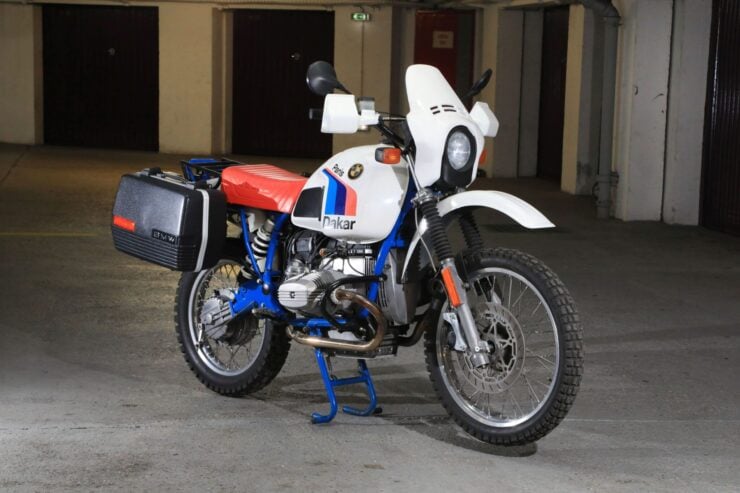
⇞ #7 – A Rare 1985 BMW R80 G/S Paris-Dakar
This is a rare 1985 BMW R80 G/S Paris-Dakar, just 200 were built to this specification in celebration of BMW’s continued success at the world’s toughest race – the Paris-Dakar Rally.
BMW released the BMW R80 G/S in 1980, it’s been described as the first true dual sport motorcycle – a motorcycle designed to work well both on road and off. The “G/S” in the name stands for the German words Gelände “offroad” and Straße “street”.
Visit The Story
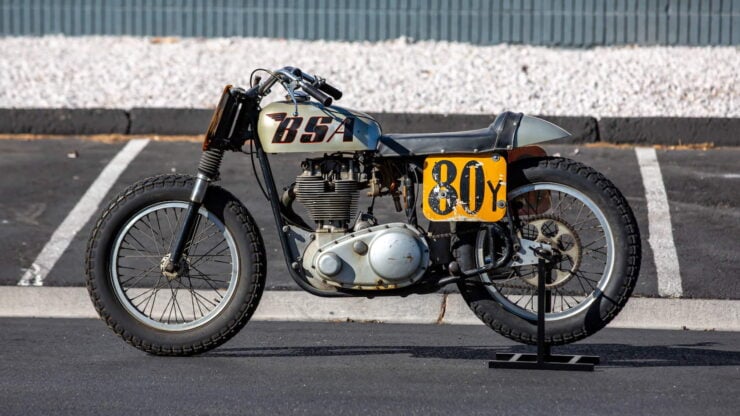
⇞ #6 – BSA Gold Star Flat Tracker
The race-winning BSA Goldstar you see here was ridden by Jim Rice, a Hall of Famer and a memorable star of the iconic film On Any Sunday.
Rice was immortalized in the film in large part thanks to a big crash that left him injured and sporting a broken nose – none of this stopped him from entering the next heat and continuing to race but it’s likely the crash cost him the championship that year.
Visit The Story
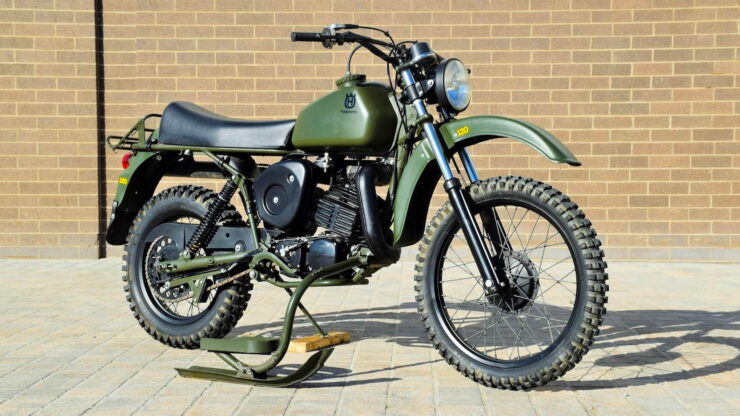
⇞ #5 – The Husqvarna Model 258 Military
It’s thought that just 3,000 or so examples of the Husqvarna Model 258 military motorcycle were ever built, they were developed specifically for the Swedish armed forces who already had a long history of ordering equipment from Husqvarna – though most of this equipment had been firearms-related.
Rather than just taking a civilian motorcycle and attempting to militarize it, the Model 258 was the result of a blank slate design to best suit the oftentimes snow or mud covered forests of Sweden.
Visit The Story
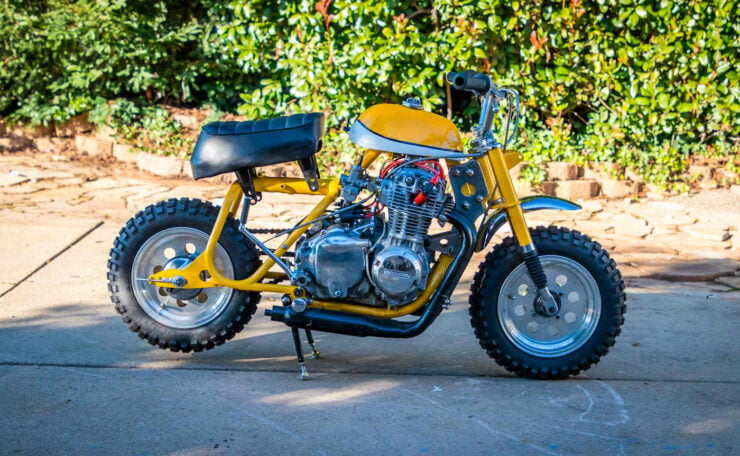
⇞ #4 – A 350cc Honda Monkey Bike
This is undeniably one of the most dangerous, and potentially fun, project motorcycles we have ever featured on the pages of Silodrome.
It’s a highly modified Honda Monkey Bike that is now powered by an inline-four cylinder engine from a Honda CB350F, in place of the tiny 49cc single-cylinder engine it would have been fitted with originally.
Visit The Story

⇞ #3 – A Batcycle + Robin’s Go-Kart For Sale
The Batcycle from the original 1960s-era Batman TV series starring Adam West was almost certainly one of the least powerful “Bat” vehicles ever made – it was based on a two-stroke Yamaha Catalina 250 producing just 24 bhp.
In fact the one vehicle that was less powerful was Robin’s Sidecar, a small self-propelled go-kart with a 55cc motor that doubled as the Batcycle’s sidecar.
Visit The Story
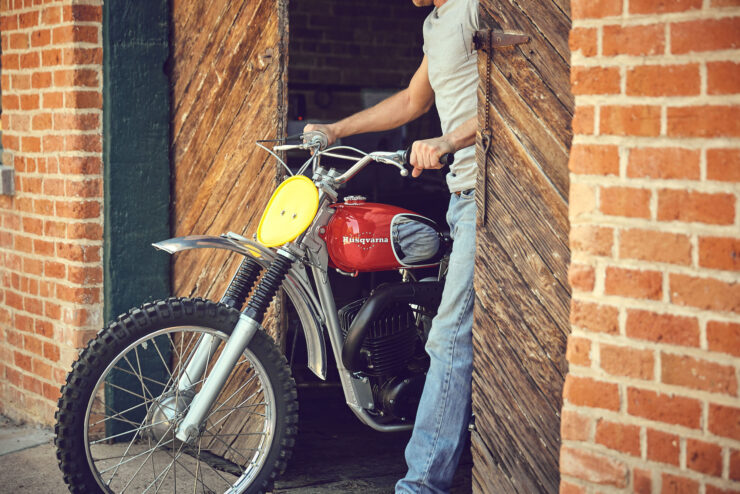
⇞ #2 – Steve McQueen’s First Husqvarna
The motorcycle you see above was the first Husqvarna ever bought by Steve McQueen, he would later become synonymous with the brand and famously rode a Husqvarna in the cult classic motorcycle film “On Any Sunday” by director Bruce Brown.
Earlier in his racing career McQueen had been a regular rider of Triumphs, specifically of the Triumph TR6C modified into “Desert Sled” form for racing in the deserts of Southern California.
Visit The Story
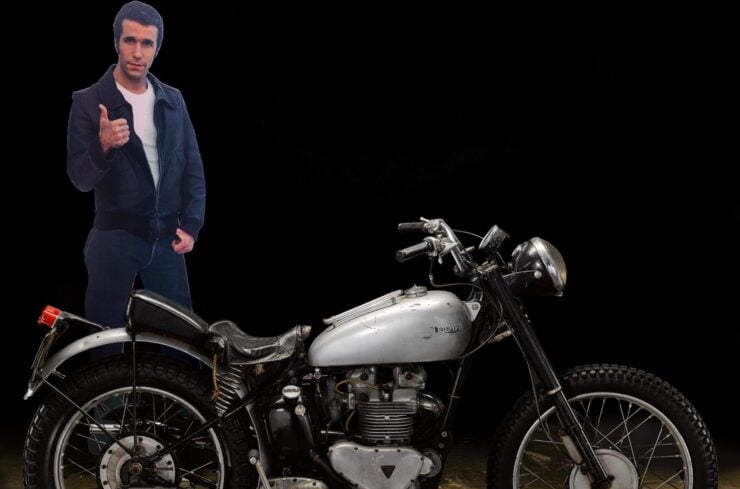
⇞ #1 – Fonzie’s Original Motorcycle From “Happy Days”
There are few screen-used motorcycles more famous than the Triumph TR5 Trophy owned by Fonzie in the long running television series Happy Days, and now for the first time in over a decade it’s coming up for sale.
Fonzie’s Triumph is instantly recognizable to many viewers of the series thanks to its distinctive customizations and the fact that it was a central character and plot point to many episodes. Fonzie would have been considerably less memorable without his black leather jacket, his “greaser” hairstyle, and his motorcycle.
Visit The Story
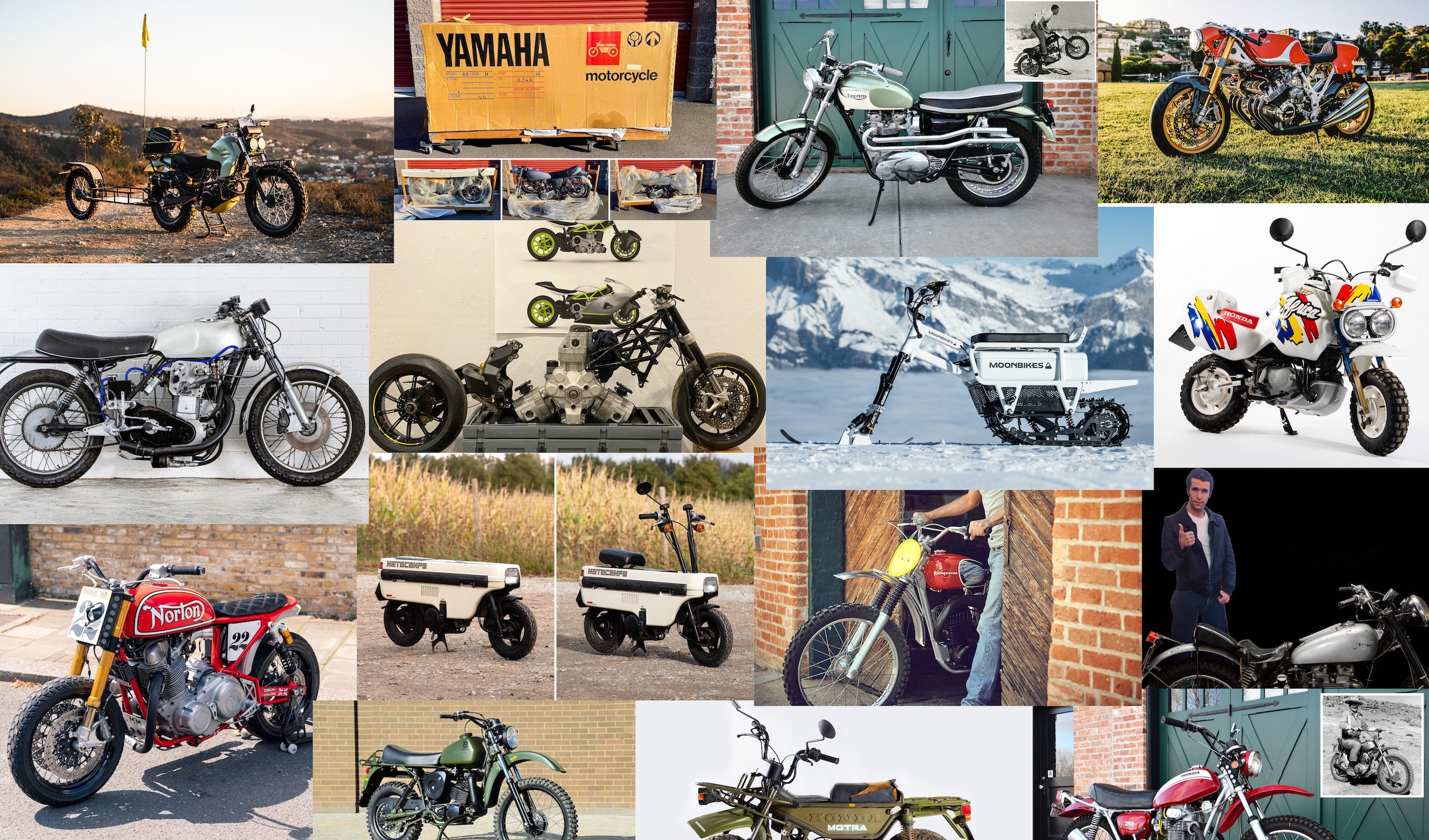
The post Silodrome’s Top 21 Motorcycles Of 2021 appeared first on Silodrome.
from Silodrome https://silodrome.com/silodrome-top-21-motorcycles-of-2021/
via
gqrds
